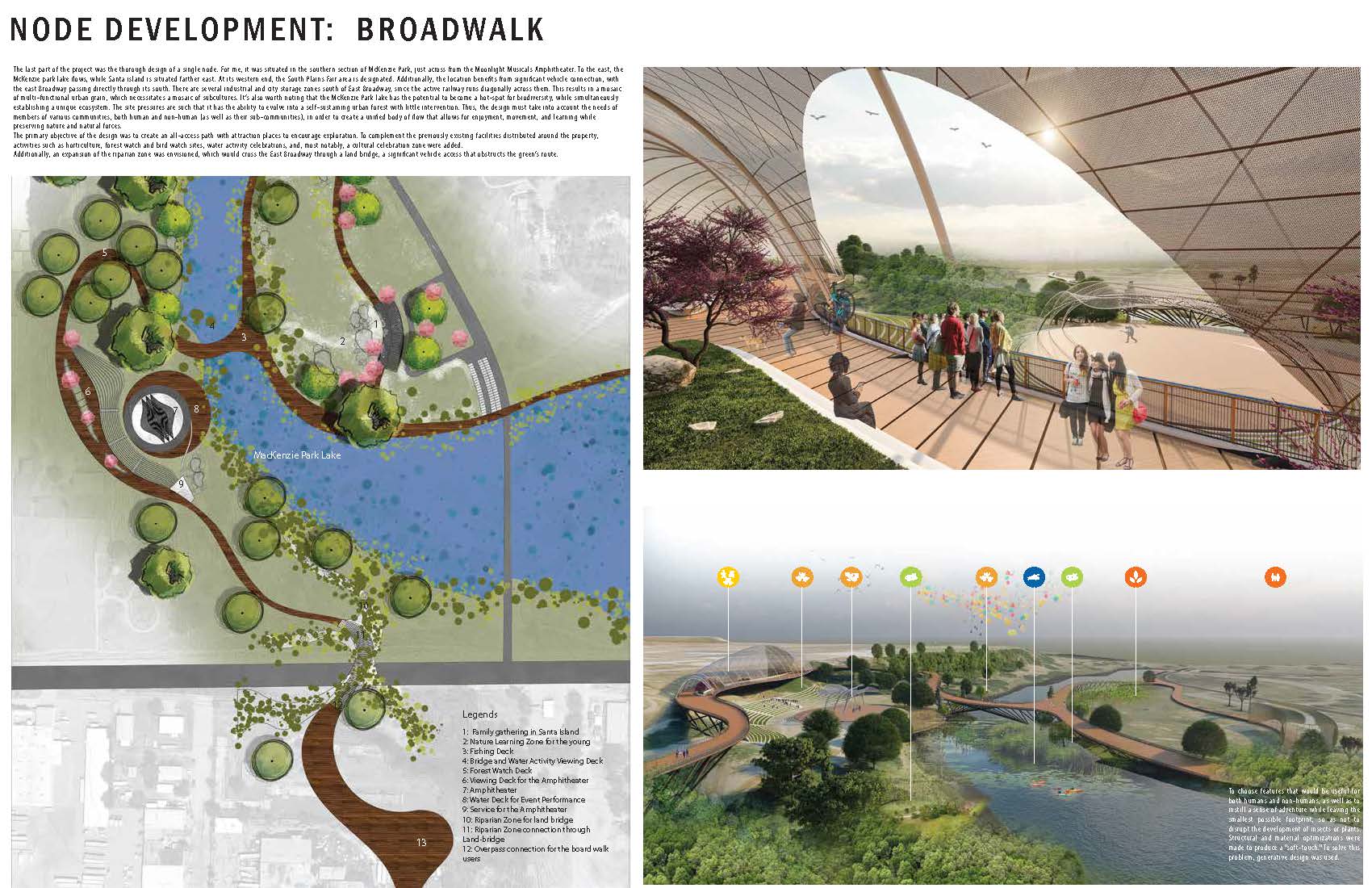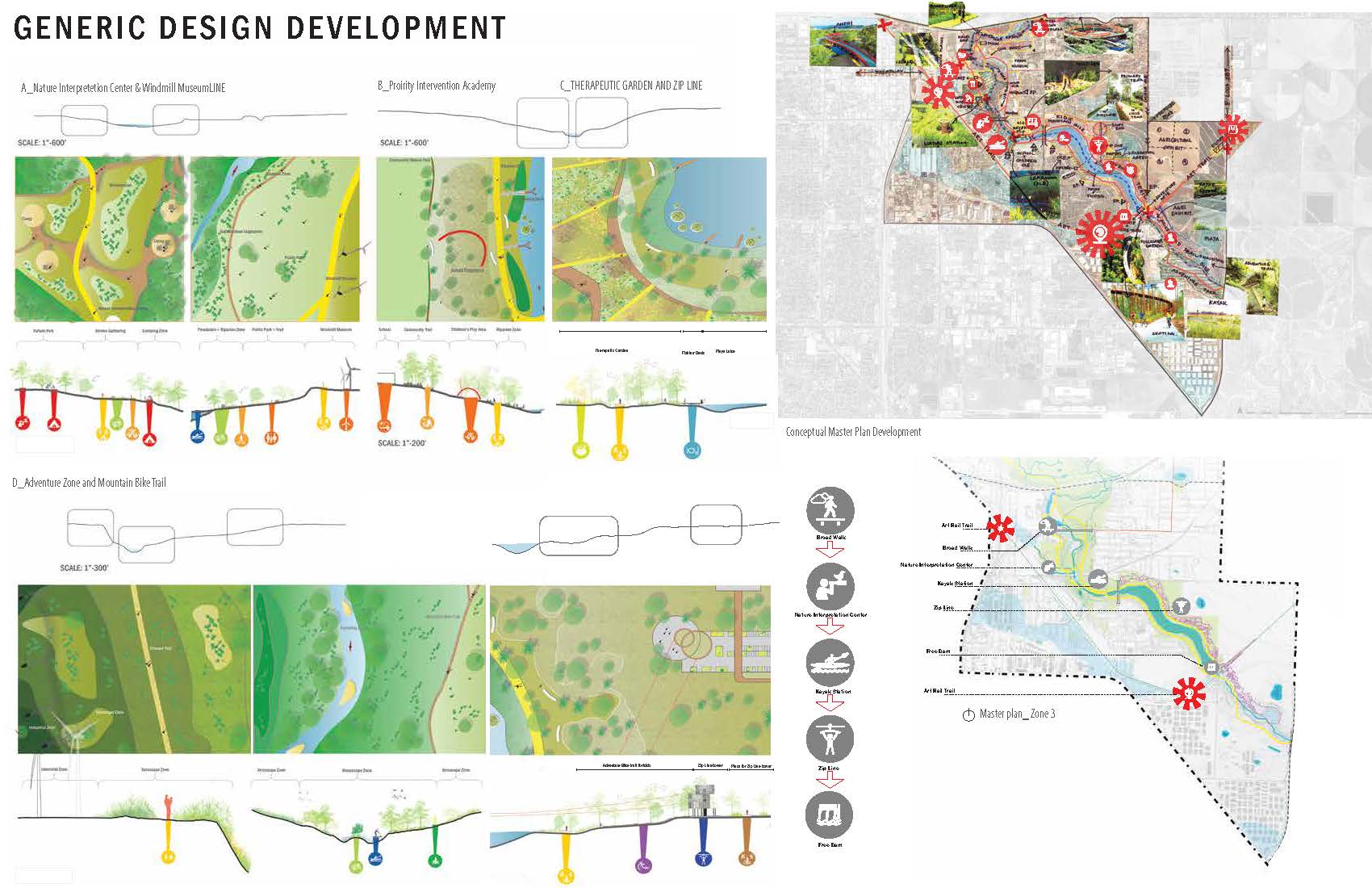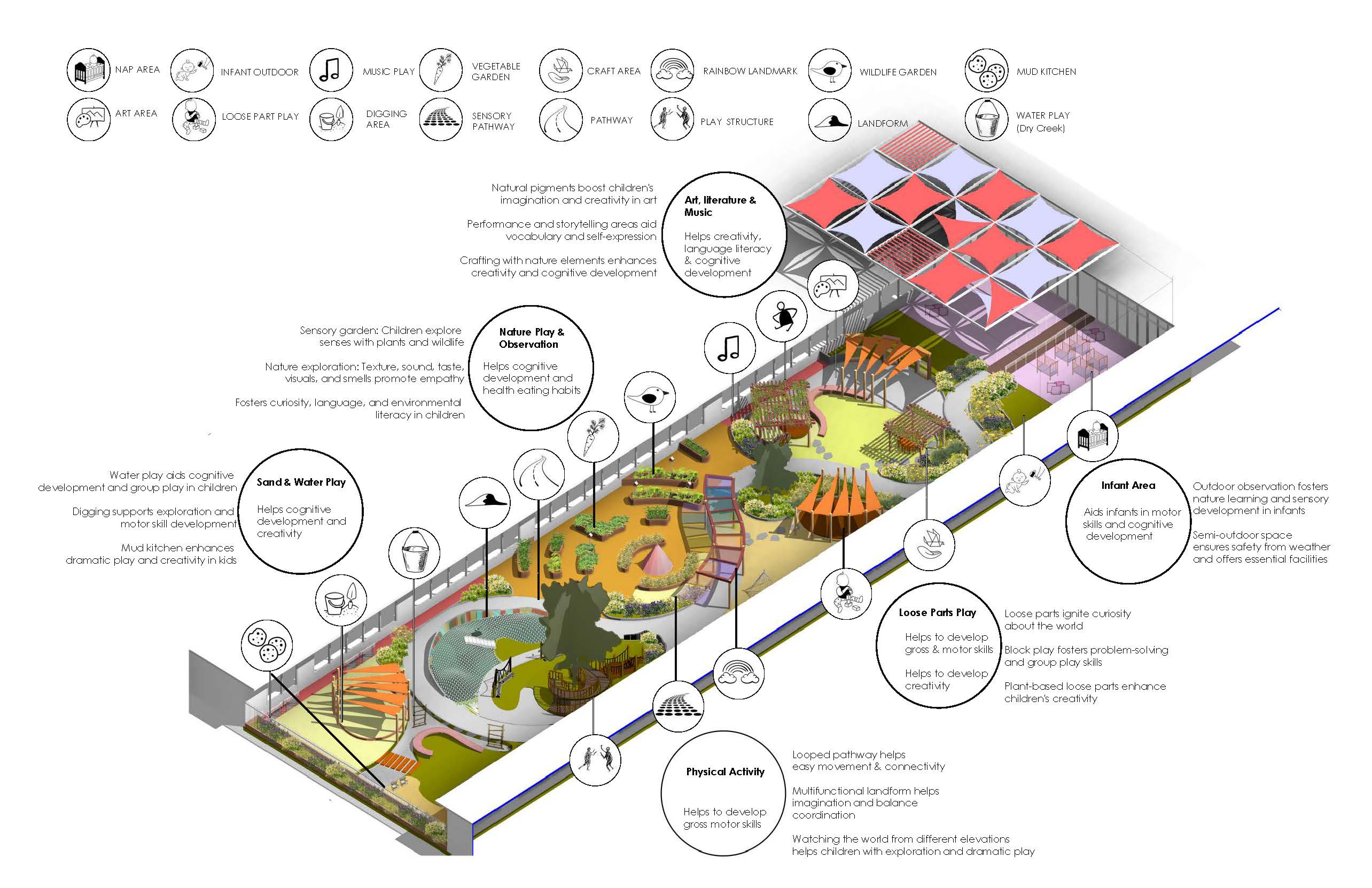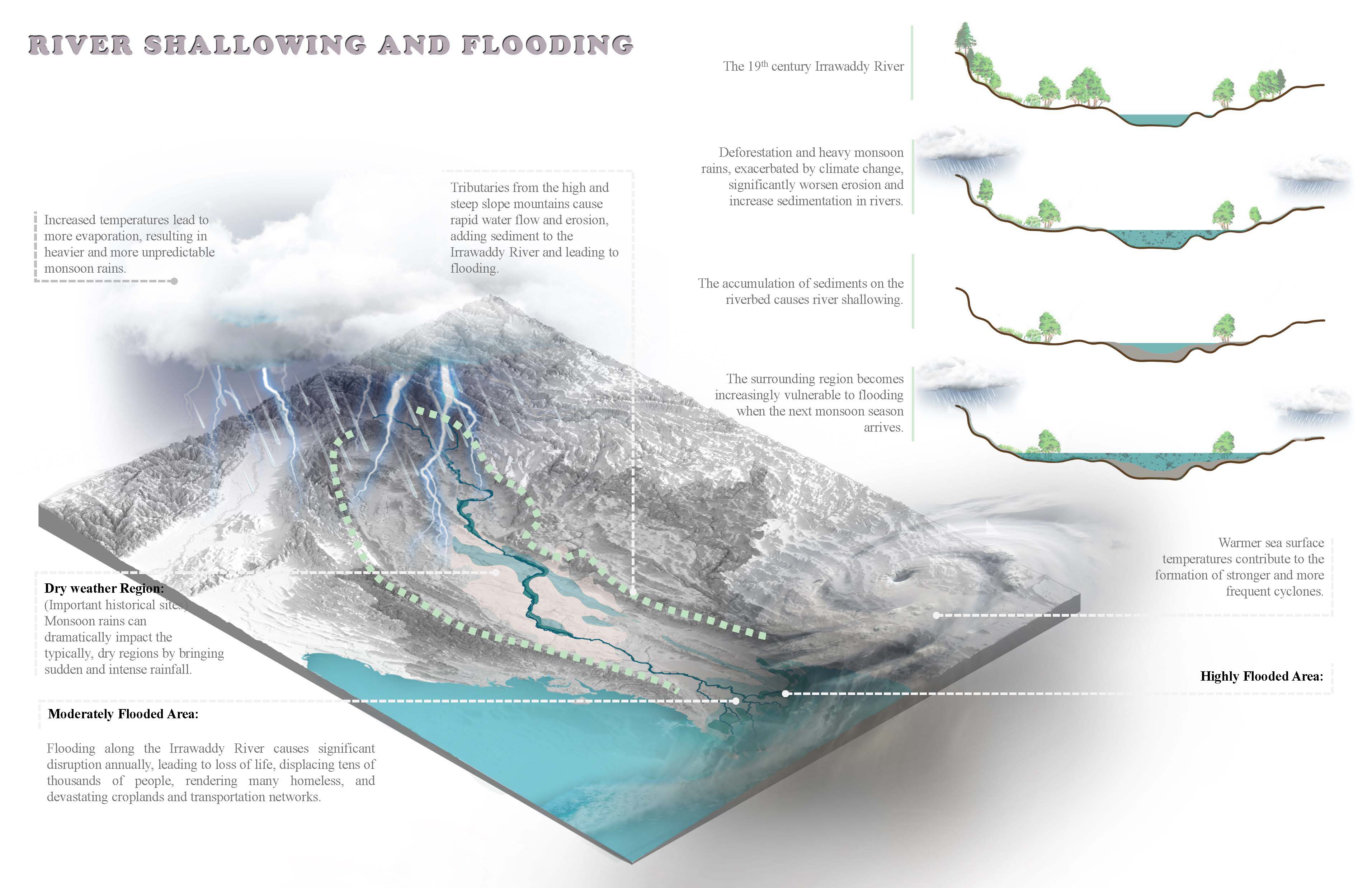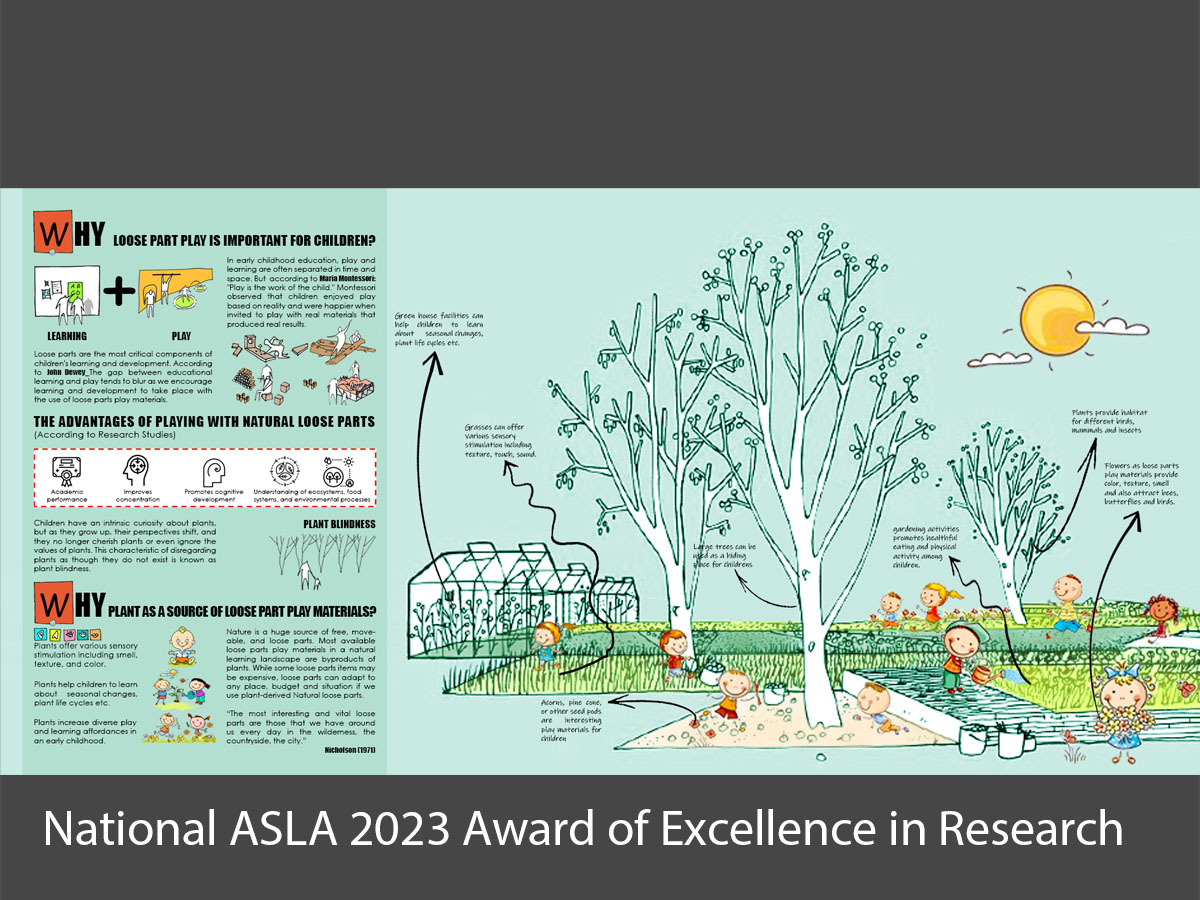Designing a Sustainable, Resilient, Adaptable Future
The landscape architecture program vision is to advance landscape architecture. We work to promote that vision through innovative learning, research, and service activities. First professional B.L.A. and M.L.A. degrees are accredited by the Landscape Architectural Accreditation Board (LAAB). The Master of Landscape Architecture program offers both first professional and post-professional degree options vital to the Department's vision to advance the discipline of landscape architecture. The first professional LAAB-accredited degree program is designed to accommodate students who do not have a Bachelor of Landscape Architecture (B.L.A.) or related design degree but who wish to become licensed landscape architects. Post-professional students, who already have a B.L.A. or related design/planning degree, develop a specialization in the discipline, and/or prepare to enter an academic career in landscape architecture. Faculty advisors assist students in their development of a specific program of study to meet their goals and satisfy university and LAAB requirements.
First professional M.L.A. students begin with a sequential curriculum of leveling courses (up to 36 credit hours) focused on student learning outcomes aimed at competencies required for the Landscape Architecture Registration Examination (LARE national license exam). All students, both first and post-professional, take an individualized set of up to 36 semester credit hours required for the specialization and career interest. All graduate students can include a study abroad and/or professional internship as part of their required specialization course of study.
Student learning outcomes are coordinated throughout the curriculum, and during each semester to develop creative leaders ready for professional licensure and practice in the public or private sector. The graduate program specializes in semi-arid landscapes, while engaging design and planning issues critical to a sustainable, resilient, adaptable earth and its growing urban populations.


